As part of IBM Quantum Network, Mizzou will be able to provide researchers and other institutions cloud access to quantum computing, a new type of computing that’s swiftly advancing and full of potential.


A remarkable proof-of-concept project has successfully manufactured nanoscale diodes and transistors using a fast, cheap new production technique in which liquid metal is directed to self-assemble into precise 3D structures.
In a peer-reviewed study due to be released in the journal Materials Horizons, a North Carolina State University team outlined and demonstrated the new method using an alloy of indium, bismuth and tin, known as Field’s metal.
The liquid metal was placed beside a mold, which the researchers say can be made in any size or shape. As it’s exposed to oxygen, a thin oxide layer forms on the surface of the metal. Then, a liquid is poured onto it, containing negatively-charged ligand molecules designed to pull individual metal atoms off that oxide layer as positively-charged ions, and bind with them.
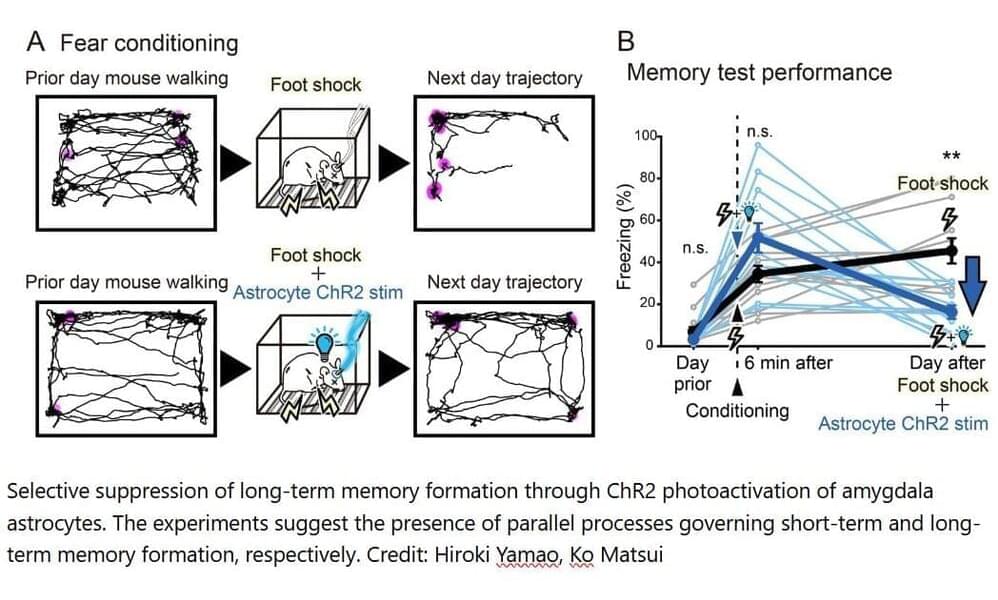
One of the most powerful assets of the brain is that it can store information as memories, allowing us to learn from our mistakes. However, some memories remain vivid while others become forgotten. Unlike computers, our brains appear to filter which memories are salient enough to store.
Researchers from Tohoku University have discovered that part of the memory selection process depends on the function of astrocytes, a special type of cell that surrounds neurons in the brain. They showed that artificially acidifying the astrocytes did not affect short-term memory but prevented memories from being remembered long-term.
The findings are published in the journal Glia.
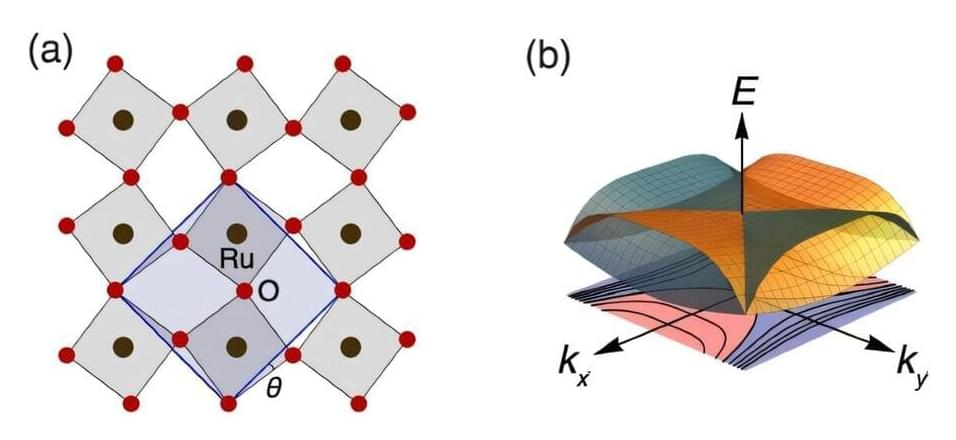
Physicists at Loughborough University have made an exciting breakthrough in understanding how to fine-tune the behavior of electrons in quantum materials poised to drive the next generation of advanced technologies.
Quantum materials, like bilayer graphene and strontium ruthenates, exhibit remarkable properties such as superconductivity and magnetism, which could revolutionize areas like computing and energy storage.
However, these materials are not yet widely used in real-world applications due to the challenges in understanding the complex behavior of their electrons—the particles that carry electrical charge.

For the first time, scientists have invented a liquid ink that doctors can print onto a patient’s scalp to measure brain activity. The technology, presented December 2 in the journal Cell Biomaterials, offers a promising alternative to the cumbersome process currently used for monitoring brainwaves and diagnosing neurological conditions. It also has the potential to enhance non-invasive brain-computer interface applications.
“Our innovations in sensor design, biocompatible ink, and high-speed printing pave the way for future on-body manufacturing of electronic tattoo sensors, with broad applications both within and beyond clinical settings,” says Nanshu Lu, the paper’s co-corresponding author at the University of Texas at Austin.
Electroencephalography (EEG) is an important tool for diagnosing a variety of neurological conditions, including seizures, brain tumors, epilepsy, and brain injuries. During a traditional EEG test, technicians measure the patient’s scalp with rulers and pencils, marking over a dozen spots where they will glue on electrodes, which are connected to a data-collection machine via long wires to monitor the patient’s brain activity. This setup is time consuming and cumbersome, and it can be uncomfortable for many patients, who must sit through the EEG test for hours.
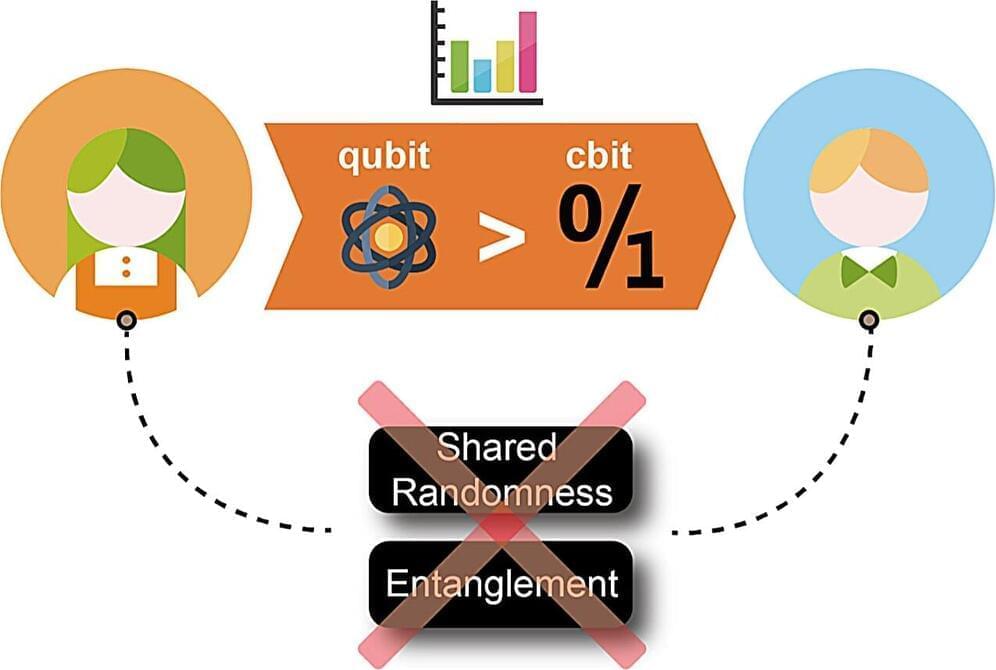
In recent years, quantum physicists and engineers have been trying to develop quantum computer processors that perform better than classical computers on some tasks. Yet conclusive demonstrations proving that quantum systems perform better than their classical counterparts (i.e., realizations of a quantum advantage) remain scarce, due to various experimental challenges.
Researchers at Henan Key Laboratory of Quantum Information and Cryptography and the S. N. Bose National Center for Basic Sciences carried out an experiment aimed at establishing the quantum advantage of an elementary quantum system for information storage.
Their paper, published in Physical Review Letters, demonstrates that a single qubit can outperform a classical bit in a communication task that does not involve any shared randomness (i.e., classically correlated random variables between communicating parties).
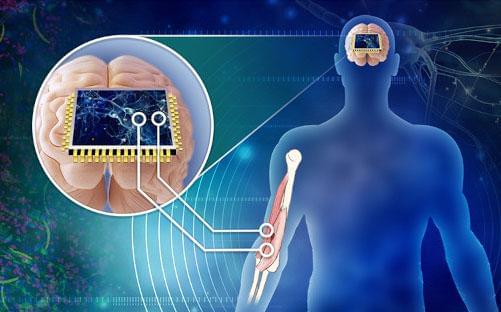
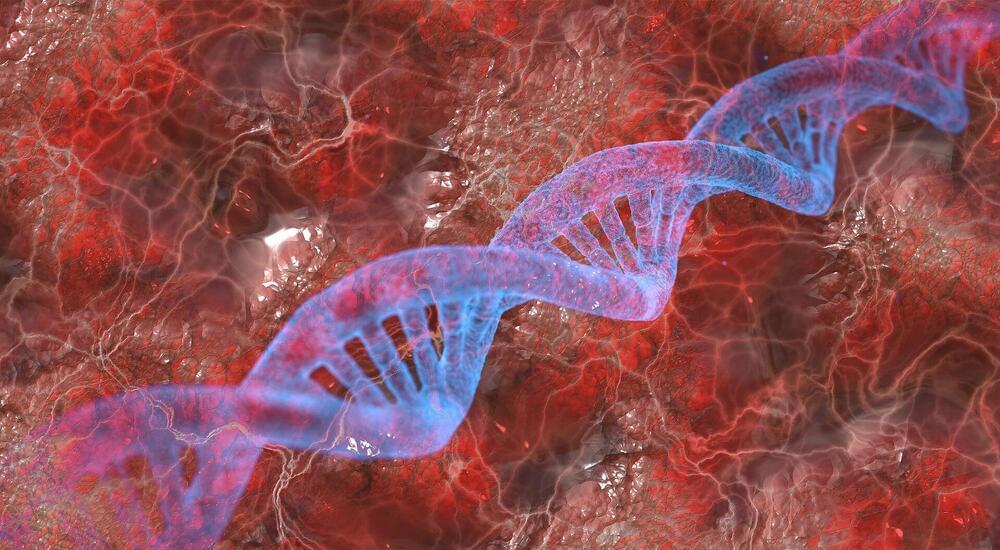
A new quantum algorithm developed by University of Georgia statisticians addresses one of the most complex challenges in single-cell analysis, signaling significant impact in both the fields of computational biology and quantum computing.
The study, “Bisection Grover’s Search Algorithm and Its Application in Analyzing CITE-seq Data,” was published in the Journal of the American Statistical Association on Sept. 20.
While traditional approaches struggle to handle the immense amount of data generated from measuring both RNA and protein expression in individual cells, the new quantum algorithm enables analysis of data from a single-cell technology known as CITE-seq. It allows for selection of the most important markers from billions of possible combinations—a task that would be formidable using classical methods.

Leading by example is a core belief. I’ve always advocated for a leadership approach that empowers the team and fosters a culture of continuous learning. The focus on sustainability isn’t just about technology—it’s about cultivating an environment where innovation thrives and where every team member is aligned with the vision of creating a more energy-efficient future.
Operating on three core principles (empowerment, communication and accountability) drives success and ensures every decision made is in line with long-term goals of sustainability and growth. Empowering the team means trusting them to innovate and make decisions that move the company forward, while open communication ensures alignment as the organization scales.
Looking ahead, the future of data centers lies in sustainability and transparency. As the demand for computing power grows, so too will the need for solutions that minimize environmental impact.
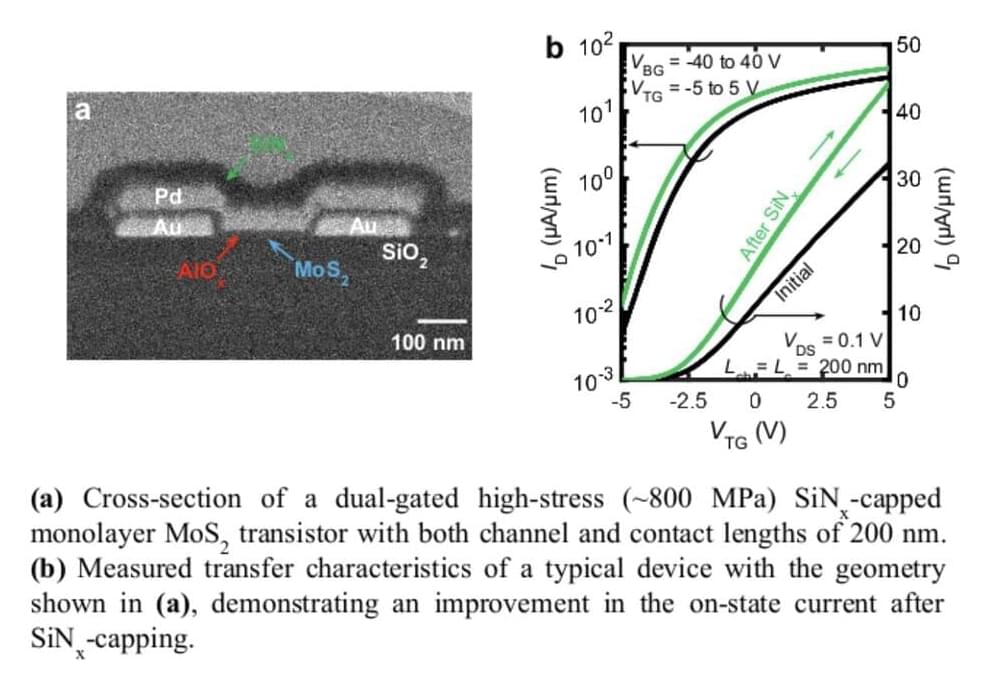
The manipulation of mechanical strain in materials, also known as strain engineering, has allowed engineers to advance electronics over the past decades, for instance enhancing the mobility of charge carriers in devices. Over the past few years, some studies have tried to devise effective strategies to manipulate strain in two-dimensional (2D) semiconductors that are compatible with existing industrial processes.
Researchers at Stanford University recently introduced a CMOS-compatible approach to engineer the tensile strain (i.e., stretchiness) in monolayer semiconductor transistors.
This approach, outlined in a paper published in Nature Electronics, relies on the use of silicon nitride capping layers that can impart strain on monolayer molybdenum disulfide (MoS2) transistors integrated on silicon substrates.